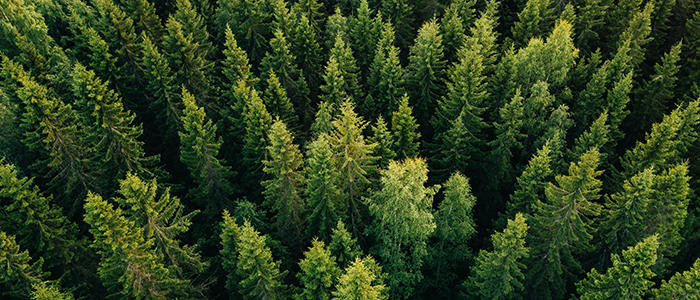New microbes found in snow, the north pole, and pine trees
Posted on December 4, 2018 by Matt Bassett
Each month, the Microbiology Society publishes the International Journal of Systematic and Evolutionary Microbiology (IJSEM), which details newly discovered species of bacteria, fungi and protists. Here are some of the new species that have been discovered and the places they’ve been found.
With Christmas just around the corner, we thought we’d bring you a festive New to Science! Whilst here in the UK there may not be many white Christmases, there are plenty of microbes being found in the snow. Researchers in China isolated Conyzicola nivalis from a sample of glacial snow from the Zadang Glacier on the Tibetan Plateau. Whilst not the snow you may immediately think of, researchers discovered Muricauda marina in a sample of marine snow. Marine snow is organic material that constantly falls to the depths of the ocean. The composition of marine snow varies, but is mainly dead animals, phytoplankton, protists, and faecal matter; not the kind of snow you’d want to be making snowmen from!

Staying with the cold theme, researchers were finding microbial life near the home of Santa Claus himself; the North Pole. With the advent of molecular phylogenetic methods, is has become much easier to study algae found in snow. Using these techniques, researchers were able to isolate Chloromonas arctica, a psychotolerant alga, from snow in the High Arctic. Psychrotolerant organisms are those who can survive in colder temperatures, as apposed to psychrophilic organisms which exclusively grow in cold environments. Researchers also isolated a yellow-orange pigmented bacterium, Subsaxibacter sediminis, from the Arctic permafrost at Midtre Lovénbreen glacier, Svalbard.
Surely nothing’s more festive than a Christmas tree? Three new species of microbes were found in pine forests: Paraburkholderia caseinilytica and Pinisolibacter ravus, both Gram-negative bacteria, were isolated from soil samples from pine forests in Dinghushan Biosphere Reserve, Guangdong Province, China, and Kyonggi University, Republic of Korea, respectively . Promicromonospora callitridis was found within the tree itself; isolated from the root of Callitris preissii, a pine tree endemic to Rottnest Island, Australia.

I’m afraid we couldn’t find all twelve days of Christmas, but we did manage a pear tree, hens, and geese-a-laying. Herbaspirillum piri is a new species of bacteria isolated from a pear tree in Henan Province, China. Megasphaera stantonii, also a new species of bacteria, was found in the cecum of a leghorn chicken. Researchers in Alaska discovered Neisseria arctica, a Gram-negative coccus, in the eggs of the white-fronted goose.
The full papers describing these species are available to journal subscribers, but the abstracts are free to read. Articles can also be purchased individually with the pay-per-view option.

